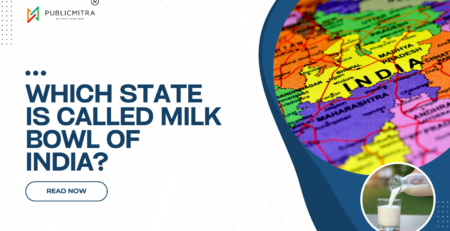The Two Key Elements of Sustainable Agriculture: A Complete Guide
Introduction to Sustainable Agriculture
Sustainable agriculture has become a critical solution for feeding our growing population while protecting the environment. But what exactly makes agriculture sustainable? At its core, sustainable agriculture rests on two fundamental elements:
- Environmental Conservation
- Economic Viability & Social Equity
This comprehensive guide explores these two pillars in depth, along with practical farming methods, benefits, challenges, and future trends. We’ll also examine related concepts like regenerative farming, agroecology, organic agriculture, and climate-smart practices to provide a 360-degree view of sustainable food production.
Element 1: Environmental Conservation
The first critical element of sustainable agriculture focuses on preserving and enhancing natural ecosystems while producing food. Key strategies include:
1. Soil Health Management
- Cover Cropping: Prevents erosion and improves soil fertility
- No-Till Farming: Reduces soil disruption and carbon loss
- Composting & Organic Matter: Boosts microbial activity
2. Water Conservation
- Drip Irrigation: Saves 30-60% more water than flood irrigation
- Rainwater Harvesting: Captures and stores rainfall
- Aquifer Recharge: Replenishes groundwater supplies
3. Biodiversity Protection
- Polyculture Systems: Growing multiple crops together
- Hedgerows & Wildlife Corridors: Supports pollinators and predators
- Integrated Pest Management (IPM): Reduces chemical pesticides
4. Climate Change Mitigation
- Carbon Sequestration: Practices that store carbon in soils
- Agroforestry: Combines trees with crops/livestock
- Renewable Energy Use: Solar/wind power for farm operations
Case Study: A Midwest corn farm increased yields by 18% while reducing nitrogen runoff by 41% through cover cropping and precision fertilizer application.
Element 2: Economic Viability & Social Equity
True sustainability requires systems that are profitable for farmers and fair for communities. This involves:
1. Financial Sustainability
- Diversified Income Streams: Value-added products, agritourism
- Efficient Resource Use: Lower input costs through smart practices
- Fair Trade & Direct Marketing: Better prices through farmer’s markets, CSAs
2. Social Responsibility
- Living Wages: Fair compensation for farm workers
- Food Security: Improving access to nutritious food
- Rural Development: Strengthening farming communities
3. Knowledge Sharing
- Farmer-to-Farmer Training: Peer learning networks
- Youth Education: Inspiring next-generation farmers
- Research Partnerships: Bridging science and practice
*Example: A cooperative of small coffee growers in Colombia increased profits by 35% while implementing shade-grown practices that protected bird habitats.*
How These Elements Work Together
The most successful sustainable farms integrate both elements seamlessly:
| Practice | Environmental Benefit | Economic/Social Benefit |
|---|---|---|
| Organic Farming | Reduces chemical pollution | Commands premium market prices |
| Pasture-Raised Livestock | Improves soil health | Higher meat/wool quality = better income |
| Community Supported Agriculture (CSA) | Lowers food miles | Direct farmer-consumer relationships |
Challenges to Implementation
Despite the clear benefits, barriers remain:
- High Transition Costs: Switching to sustainable methods requires upfront investment
- Knowledge Gaps: Need for more training and technical assistance
- Policy Limitations: Agricultural subsidies often favor conventional methods
- Market Access: Difficulty reaching consumers willing to pay premium prices
The Future of Sustainable Agriculture
Emerging innovations are making sustainability more achievable:
- Precision Agriculture: AI and sensors for ultra-efficient resource use
- Vertical Farming: Growing more food with less land and water
- Blockchain Traceability: Proving sustainability claims to consumers
- Carbon Farming: Getting paid for climate-friendly practices
Conclusion: Sustainability as the Only Path Forward
The two elements of sustainable agriculture – environmental stewardship and economic/social responsibility – provide a blueprint for feeding the world without destroying it. As climate change accelerates and populations grow, adopting these principles moves from being optional to essential.
Farmers, consumers, and policymakers all have roles to play in this transition. By supporting sustainable practices today, we invest in food security for generations to come.







